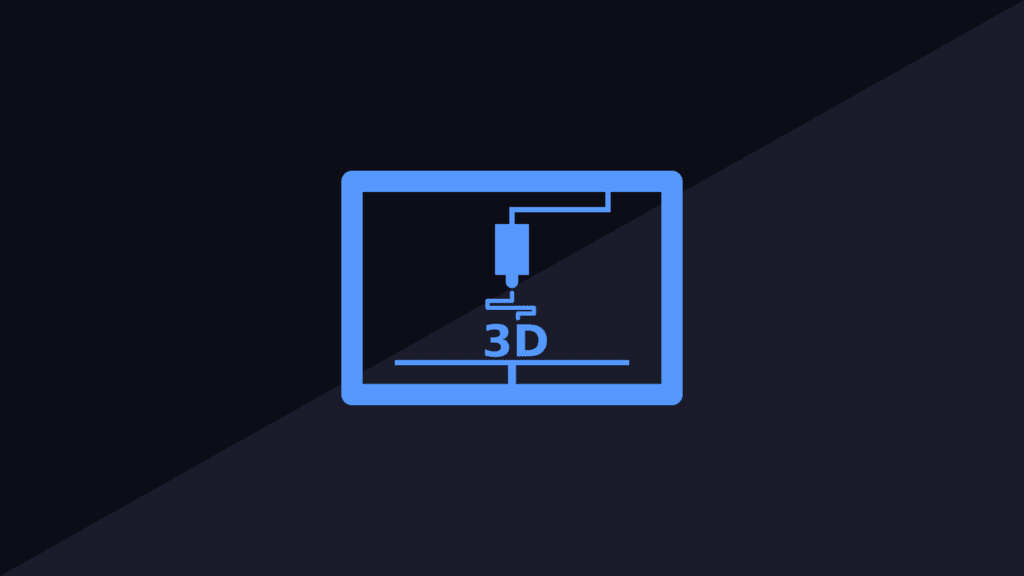This is Part 3 in a long-running series by Scott Holbrook and Adam-Paul Smolak on how the United States and the rest of the world can take back much of the manufacturing they sent to China and thereby bring high-level manufacturing jobs to the United States and to allied countries. Go here for Part 1, China and the Future of American Jobs and go here for Part 2, How the West Can Win the Innovation Race With China.
17
— By Scott Holbrook and Adam-Paul Smolak
We couldn’t agree more with the anonymous writer who penned The World Needs to Grow a Pair to Stop China.
But not only must we stop China, we must also protect our own interests and recreate American Self-Reliance. Sadly, the situation described in How Not to Lose Your IP When Developing a Product with Your China Factory is all too common. But there is a homegrown solution that is faster, safer and more cash flow friendly than ordering containers from China. The solution is additive manufacturing, a/k/a 3D printing, which was invented by an American, Dr, Chuck Hull, in 1986.
The United States has had the opportunity to fortify its Self-Reliance for over 30 years and it’s been more or less squandered in the name of globalization, which has mostly been defined to mean China manufacturers pretty much everything for the rest of the world. If we’re morally obligated to do anything it’s to reestablish the self-sufficiency on which America was founded. Not the kind where you can’t get medical supplies during a pandemic. We must cease to be at the mercy of a country like China.
For those who need a primer on 3D printing, go here. For those who want to see how 3D printing can fast-track innovation, lower costs and increase operating efficiency, read on.
The two main cases where 3D printing is crucial to beating manufacturing with Chinese characteristics: Rapid Prototyping and Small-batch Manufacturing.
Rapid Prototyping
Already, there are 3D labs set up in the United States that can create prototypes within hours, days at most. With no more than CAD drawings, these labs can within hours print endless amounts of prototypes to perfect your next product. No back and forth with factories that don’t speak the same language. No re-tooling machines. No long shipment times. Literally hours. It’s a phone call and a few emails to exchange CAD files that tell the printer software how to create the drawing. Costs are primarily for material, usually a strong thermoplastic. And if your prototype is not meant for real world use, you can save costs can by using cheaper material.
The prototyping market in the US has grown more than 27% annually since 2015 and is expected to exceed US$1 Billion by 2025. The size of this market is an indicator of product innovation. The more prototyping being done, the more innovation that’s occurring.
For the U.S. to win the Innovation War, these numbers must be increased. Rapid prototyping will be better integrated into the supply chain when all companies have access to rapid prototyping, either in-house or through a 3rd party service provider.
The United States has untapped reserves of innovators and inventors with no fast and easy way to bring their ideas into the world. They should not have to manage complex, time-consuming and costly international processes in to create a single prototype that will change after testing. 3D printing allows for near immediate feedback on a prototype.
Small Batch Manufacturing
If you import three or fewer containers per quarter, your business likely will benefit from 3D printing, due to the following advantages 3D printing provides:
1. Reduce Inventory – With no bias to what’s being printed there is no limit to SKU counts. You can have as many products as you want and just make them as needed.
2. Minimize Warehousing – Manufacturing on demand means you need only make what you need when you need it.
3. Eliminate Logistics – If you manufacture in-house you can save both time and money by removing logistics altogether. There is wide range of sizes for industrial grade printers and the technology to print bigger objects is rapidly improving.
4. Improve Cash Flow – With lower overhead costs, greatly reduced inventory risk and quicker prototyping, companies typically see a 6 – 10 month return on investment in 3D printers.
5. Increase Customization – 3D printing will free you up to create unique, one-off parts, models and custom products.
Innovation Ecosystem
3D printing makes sense right now for prototyping and for small batch manufacturing, both of which are critical to startups, innovation and the design process. Funding and creating 3D printing centers would increase access to 3D printers and help our country cultivate an ecosystem that supports product innovation from start to finish. We need to start now to expose the next generation of manufacturers, inventors, entrepreneurs to the technology that will enable them to innovate a product and have it produced for sale without China.
In our next piece, we will look at how regional incubation zones can power innovation and become the genesis of a new era in integrated manufacturing in the United States.

























